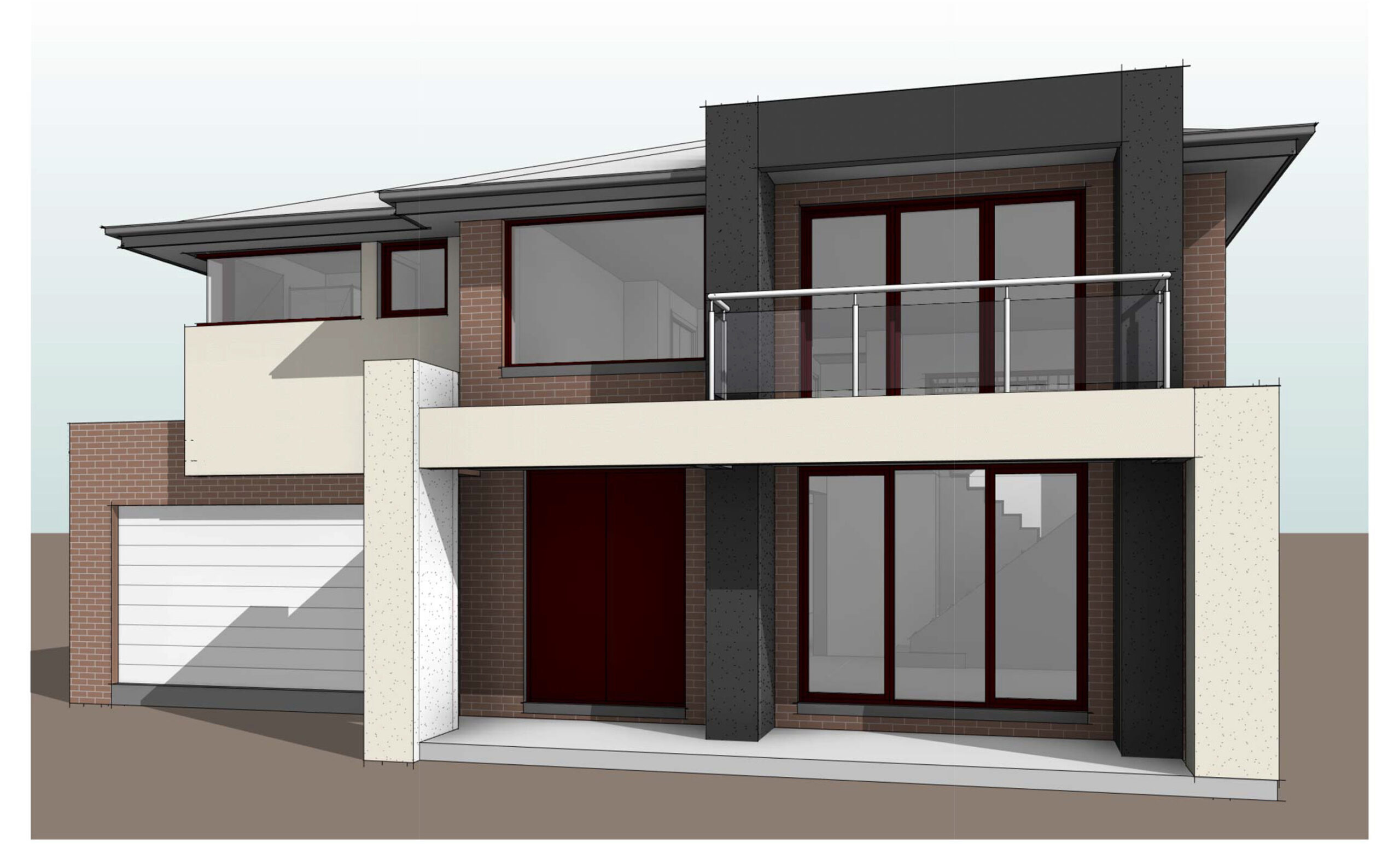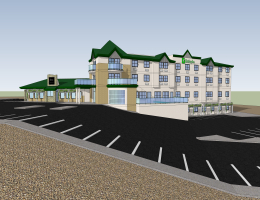The Role of BIM in CAD Outsourcing
Posted on : Nov 16, 2023
Introduction
In the ever-evolving landscape of architecture and construction, the integration of technology has become paramount. This article explores the significance of Building Information Modeling (BIM) in the context of Computer-Aided Design (CAD) outsourcing, unraveling the transformative impact it has on project efficiency and collaboration.
Understanding BIM in CAD Outsourcing
Building Information Modeling (BIM) is a digital representation of the physical and functional characteristics of a building or infrastructure. When incorporated into CAD outsourcing, it becomes a catalyst for seamless collaboration, allowing stakeholders to work cohesively in a shared digital environment. This collaborative approach enhances the accuracy and efficiency of the design and construction processes.
Advantages of Utilizing BIM in CAD Outsourcing
The advantages of incorporating BIM in CAD outsourcing are manifold. The ability to visualize and coordinate projects in a 3D digital environment improves overall project comprehension. Additionally, BIM enhances data accuracy, reducing errors and rework. The result is increased project efficiency and a more streamlined workflow.
Challenges and Solutions
While the benefits are substantial, challenges in implementing BIM in CAD outsourcing do exist. These may include resistance to change, interoperability issues, and the need for specialized training. Strategies to overcome these challenges involve comprehensive training programs, phased implementation, and fostering a culture of collaboration.
Impact on Project Lifecycle
The impact of BIM on the project lifecycle is profound. From initial design phases to facility management, BIM plays a crucial role in improving communication, reducing errors, and ensuring the seamless flow of information across all stages of a project.
BIM Standards and Compliance
To ensure consistency and interoperability, industry standards for BIM have been established. Compliance with these standards is essential for successful CAD outsourcing projects, as it facilitates uniformity and clarity in data exchange.
Selecting the Right CAD Outsourcing Partner with BIM Expertise
Choosing the right outsourcing partner is crucial for successful BIM integration. Criteria for selection should include the outsourcing firm’s proficiency in BIM, experience, and a track record of successful collaborations. Case studies can serve as valuable indicators of a partner’s capabilities.
Training and Skill Development
Recognizing the importance of training is key to successful BIM integration. CAD professionals involved in outsourcing projects should undergo training programs to enhance their proficiency in BIM, ensuring a smooth transition and optimal utilization of the technology.
Future Trends in BIM and CAD Outsourcing
As technology continues to advance, the future of BIM in CAD outsourcing holds exciting possibilities. From the integration of Artificial Intelligence (AI) to enhanced collaboration platforms, emerging trends are set to reshape the landscape of architectural and construction practices.
Case Studies: Successful BIM Integration
Examining real-world examples of successful BIM integration in CAD outsourcing projects provides insights into the practical benefits and outcomes. These case studies showcase the potential for innovation and excellence in collaborative endeavors.
Collaboration and Communication Strategies
Effective collaboration in CAD outsourcing with BIM requires clear communication and streamlined processes. Utilizing collaborative platforms and communication tools ensures that stakeholders can work seamlessly, despite geographical and organizational boundaries.
Cost-Benefit Analysis of BIM in CAD Outsourcing
The economic advantages of incorporating BIM in CAD outsourcing are significant. While initial investments may be required for training and software implementation, the long-term benefits, including reduced errors, improved efficiency, and streamlined collaboration, contribute to a positive cost-benefit ratio.
Ensuring Data Security in BIM-CAD Outsourcing
Addressing concerns related to data security is paramount. Implementing robust measures, including secure communication channels, access controls, and confidentiality agreements, ensures that sensitive project data remains protected during the outsourcing process.
BIM for Sustainable Design and Construction
Beyond efficiency gains, BIM contributes to sustainable practices in CAD outsourcing projects. By enabling accurate analysis and simulation of environmental impacts, BIM facilitates the design and construction of environmentally friendly and cost-effective structures.
Conclusion
In conclusion, the integration of BIM in CAD outsourcing marks a pivotal advancement in the architecture and construction industry. The collaborative nature of BIM enhances project outcomes, from design accuracy to construction efficiency. Businesses in the field should embrace BIM as a transformative tool for achieving excellence in their outsourcing endeavors.




